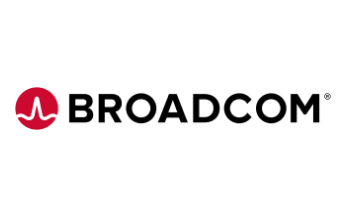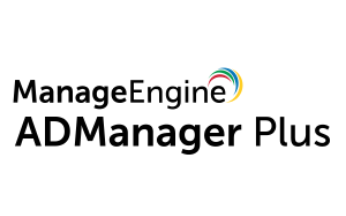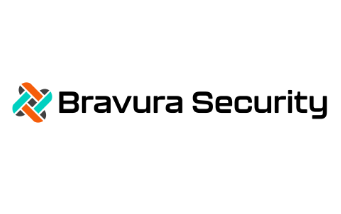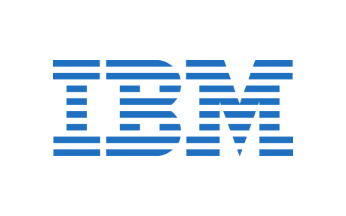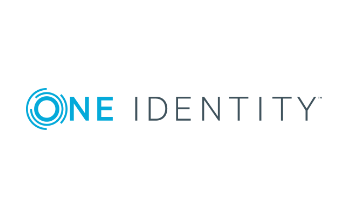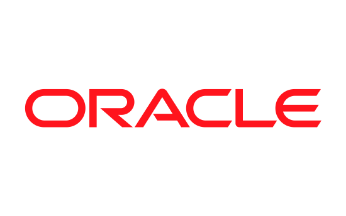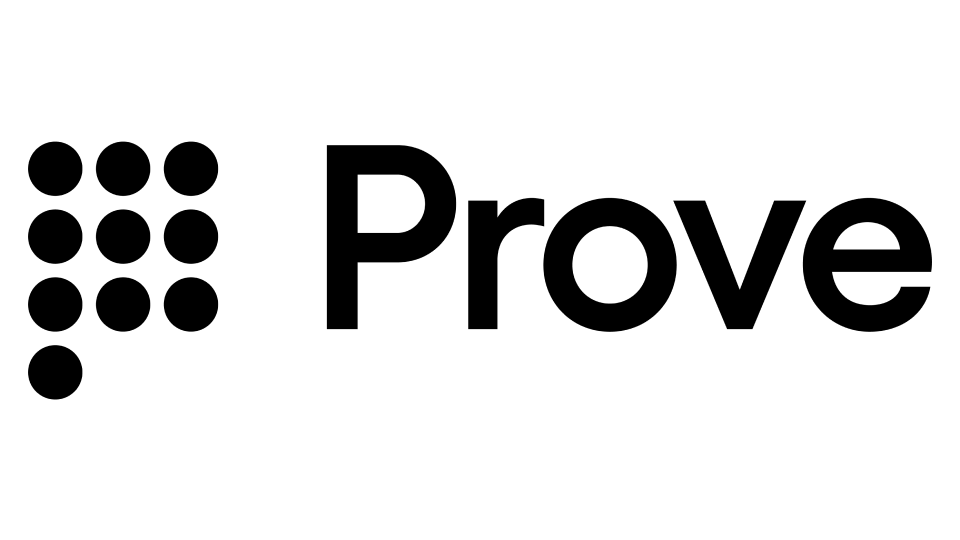Identity Governance And Administration: Everything You Need To Know
What is Identity Governance And Administration And How Does It Work?
At its essence, identity governance and administration (IGA) is about increasing security and reducing risk by providing visibility into who has access to what systems, resources, applications and why. IGA lays the groundwork for creating and managing the policies, processes, and standards for your organization’s identity management functions.
IGA tools work to simplify and streamline user identity lifecycle management via capabilities like password management, automation, integrations, access request management, provisioning and deprovisioning, detailed event logging and entitlement management. IGA tools work together with IAM tools to make all of this happen seamlessly and gives IT teams the power to manage the technology while business leaders and designated stakeholders are tasked with the responsibility to decide who gets access to what.
Identity governance and administration is a policy-based approach to managing identities and controlling access. Identity governance is about the segregation of duties, role management, analytics, logging and reporting, whereas identity administration deals with account administration, credentials administration, user and device provisioning, and managing elements.
Particularly, IGA solutions provide valuable support in auditing and meeting the requirements for compliance. These solutions enable security administrators to efficiently manage all user identities and access permissions across the whole enterprise. This significantly improves visibility into identities and access privileges across the enterprise and makes it easier to implement the kind of controls that can prevent inappropriate or risky access.
In 2012, Gartner recognized the importance of identity governance and administration when they named it the fastest growing sector of the identity management market. IGA solutions provide added functionality that expands upon the capabilities of traditional identity and access management (IAM) tools, helping to address common IAM challenges. For example, the common IAM issue of inappropriate and/or outdated access to enterprise resources, as well as other challenges including those caused by remote or hybrid workforces, time-consuming provisioning processes, flawed Bring Your Own Device (BYOD) policies, and strict compliance requirements. Each of these issues increases an organization’s security risk, and also weakened their compliance posture. However, such challenges can be addressed by strengthening the organizations IAM systems with IGA, and IGA allows organizations to automate the workflows for access approvals and subsequently reduce risk. They can also define and enforce IAM policies, as well as audit user access processes for compliance reporting. For this reason, many organizations use IGA to meet the compliance requirements laid out by HIPAA, SOX, and PCI DSS.
One of the issues with traditional IGA platforms is the cost, which is often too high for many small to mid-sized enterprises to justify when they likely don’t require the full functionality of these tools. These days the market focus is shifting towards a new model that is flexible enough to suit organizations of a variety of sizes, not just large enterprises. Many vendors are filling this niche with ‘light’ versions of their solutions that either have a less comprehensive scope of capabilities or are simply streamlined to focus on solving a few specific problems faced by smaller enterprises.
Important Capabilities Of An Identity Governance And Administration Solution
With an IGA tool in place, enterprises can accurately and efficiently streamline the process of managing user access, leading to improved security and a smoother operation overall. Specifically, an IGA solution works alongside IAM tools to:
Manage Identity Lifecycles
Identity lifecycle management refers to the several stages in the life of an identity, from onboarding to leaving the organization; one of the most important functions of these solutions is to simplify the process of managing the lifecycle of an identity. Every identity has to be created, maintained over time (with appropriate updates made in the event of a job title change) and removed if the individual decides to leave the organization or retires. For smaller organization’s it may be possible to keep on top of identities manually, but for organizations operating on a larger scale it would not be feasible to manage the numerous additions, subtractions and alterations to identities without any issues or mistakes, so identity governance and administration products work to make this whole process much easier.
Manage Passwords
In today’s digital era the task of managing our passwords has become very complicated, with both the number of passwords each individual uses and the need for complexity and uniqueness increasing all the time. In fact, studies suggest that each of us is juggling around 100 passwords across various sites and services. Strong passwords are important for maintaining security, but it is impossible to create, remember and continually update dozens or even hundreds of passwords, so it is immensely useful that identity governance and administration product can help up manage our many passwords. Through tools like password vaults or Single Sign On (SSO), IGA’s systems ensure users can maintain security and easily access applications without having to remember multiple passwords.
Manage Entitlements
Today’s businesses rely on smooth collaboration, which makes having control over and insight into which users are allowed access to certain applications and systems vital. Entitlement management deals with the association between identities and entitlements; entitlements are assigned to appropriate identities in order to give that identity access to a particular asset or operation. To facilitate users being able to make requests and be subsequently granted or denied access, IGA systems need to know exactly what entitlements (or access permissions) are available to request as well as give security admins the power to specify and verify what users are permitted to do / access. For example, some users may be allowed to add or edit data, while others are only permitted to view data. IGA systems let you to easily add, edit, and delete entitlements and other information used to describe them (like titles, risk level, descriptions, owners, tags, and other identifying data).
Manage Access Request Workflows
A good way to protect sensitive information is to restrict access to it and make it necessary for those without access to request it, thereby narrowing the window for mistakes or malicious misuse and ensuring there is a trail to follow in the event of a breach. A great way to deal with access requests in a quick and secure way is through an IGA solution with the capabilities to manage requests, approvals and fulfillment of access. These solutions route access requests to the right people and keep them organized, simplifying what could potentially be a complicated process with multiple access requests being made regularly and several approvers who need to be reached.
Use Connectors To Read Data And Collect Information
Connectors are simple integrations with other systems which are used by most IGA systems to read and write data from them. IGA systems need a lot of data on your employees (for example, their identities, attributes, and access) in order to work, so they use connectors to collect and read this data. They also write data which manages identity lifecycle events such as creating new users and granting them the correct access for their role.
Provide Automated Provisioning
Identity governance and administration systems can help organizations to automate the process of granting access once an access request has been approved. This first required a connector to be implements and then, with this integration in place, the process of granting access (or provisioning) can be fully automated. For smaller companies this may be unnecessary as if there is a small enough number of employees this can be achieved by one person or people simply keeping on top of the access requests that come in and granting or denying access accordingly. But, for larger organizations, this manual method would be too difficult to sustain.
Perform Access Reviews
Access review (or access certification) refers to the process of reviewing what access rights are currently being granted to determine whether this access is correct and if it should continue of not. A lot of businesses use spreadsheets to keep on top of this, but many IGA systems come with a way to easily perform these access reviews through a user interface, making its easier and quicker to capture, act upon, and archive the results for audit evidence.
Manage Roles
Once roles at your organization are created, they may require continual modifications and updates, including adding and removing users to the roles and altering the forms of access these roles grant them. IGA systems typically offer user interfaces and workflows to make it easier to manage the process of maintaining roles, allowing you to easily keep them up to date and ensure that the access they represent is what users actually need to do their jobs.
Perform Analytics And Reporting
Every day there is a flurry of activity related to identity and access management happening in your organizations systems and users perform a variety of transactions, access information and log into a range of applications. IGA systems with a strong set of features will capture information for different log files and perform analytics and reporting, summarizing and interpreting this activity so you can easily oversee it.
Benefits Of Using An IGA Solution
- Reduces friction when providing access to authorized business users. A company’s profits can be hugely impacted by user productivity. Identity governance and administration tools help to ensure that users have access to the systems and applications they need to perform their work duties and remain as productive as possible, even if their roles and responsibilities – and corresponding access privileges – change. IGA solutions maintain secure policy enforcement that adheres to any required compliance regulations, while also reducing the pressure placed on IT teams by automating certain processes like access requests and fulfillments.
- Improves compliance and audit performance. When it comes to compliance and auditing, IGA automation tools are a game changer. These solutions use automated, repeatable processes – like ensuring strict adherence to government privacy regulations or streamlining access certifications – to simplify compliance and always remain audit ready.
- Boost security and reduce risk. An all-too-common threat that companies face is unauthorized and malicious use of credentials. The risk associated with compromised credentials lies in the threat of unauthorized entry being obtained by someone outside of the organization, which is risky in of itself but is magnified further due to the fact that compromised credentials can upend many other traditional risk mitigation procedures put in place by the organization. The centralized visibility features offered by IGA solutions help by combatting the threat of misappropriating access through the detection of risky user population, inappropriate access to entitlements, and policy violations.
- Bring down costs. IGA solutions automate many of the operational processes that keep IT staff occupied, saving precious resource time and money in the process. When redundant administrative tasks like access certification, access requests and provisioning are automated, IT teams are freed up and can take control of their productivity and dedicate their time to higher value work.
Summary
Many organizations, regardless of their size, could benefit from implementing and IGA solution. These solutions work wonders by boosting visibility into user’s access permissions which allows ID admins to more efficiently oversee identity management and access control, easily mitigate risk, and solidify the protection for business-critical systems and data. IGA also makes it easier to maintain and improve compliance.



